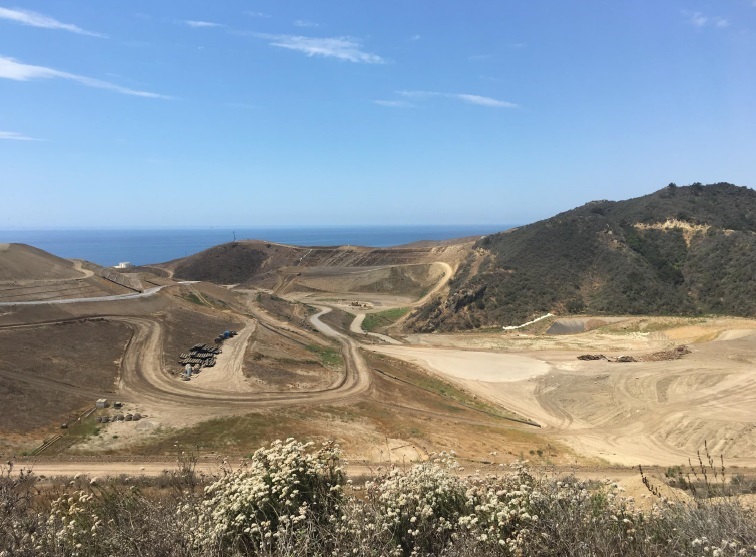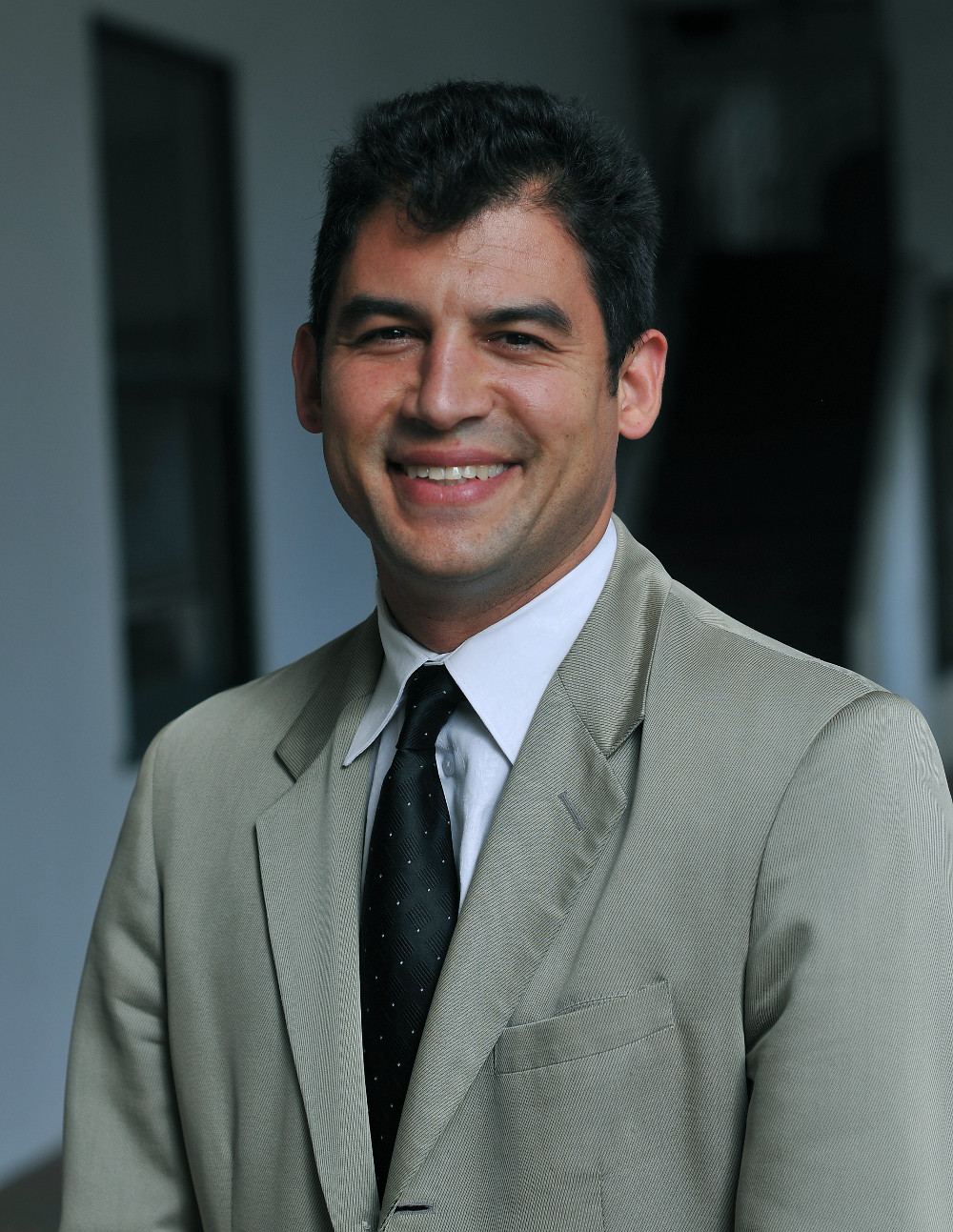Climate Change Is Real
Santa Barbara County Must Address Carbon Reductions for Everyone's Sake

While climate change remains an abstract notion to many, here in Santa Barbara County climate change has presented itself in stark relief. Those who would deny climate change — or worse, those who know it exists yet fail to prepare for its unavoidable impacts — invite greater consequences if we don’t heed the warning signs we all witnessed in real time.
California is a recognized leader in efforts to fight climate change. Our state has set the national and international standards for understanding and addressing this global threat. Nearly every thoughtful jurisdiction in California has taken steps to comply with California’s visionary carbon-reduction requirements.
We in Santa Barbara County must do our part to not just comply with the minimum requirements but set an example of climate leadership befitting a community long understood to be one of the most environmentally forward thinking in the world.

Each of us — individually and through our democratically elected institutions — is responsible for acting. There’s no excuse for delay, no reason not to respond.
The California Global Warming Solutions Act, signed by then-governor Arnold Schwarzenegger and affirmed by Governor Jerry Brown, requires the state to reduce greenhouse gas emissions to 40 percent below 1990 levels by 2030, with even further reductions by 2050. The California Air Resources Board’s 2017 Climate Change Scoping Plan lays out the challenge:
“In California … climate change is contributing to an escalation of … raging wildfires, coastal erosion, disruption of water supply, threats to agriculture, spread of insect-borne diseases, and continuing heath threats from air pollution. … This year, California experienced the deadliest wildfires in its history. Climate change is making events like these more frequent, more catastrophic and more costly.”
Locally, the County Board of Supervisors adopted the Energy and Climate Action Plan (ECAP) in 2015 with the goal of reducing local greenhouse gas (GHG) emissions some 15 percent below 2007 levels by 2020. The county has achieved 16 percent of its emission reduction target to date.
Additionally, the County Sustainability Committee has identified several projects to complement the county’s climate action goals. One major project is the advanced-technology Tajiguas Resource Recovery Project (TRRP). The Tajiguas project is expected to produce one of the most dramatic GHG reduction programs ever in our county.
The project, which is one of the first of its kind in California, will increase our community recycling rate to nearly 90 percent and reduce our landfill’s greenhouse gas emissions by 117,000 MTCO2e (metric tons of carbon dioxide equivalent) each year the project operates, the equivalent of removing 24,000 cars’ emissions from our highways.
The Tajiguas Resource Recovery Project also will divert nearly 100 percent of our food and other compostable waste away from landfilling and create compost and nearly 2 megawatts of renewable energy from anaerobic digestion (i.e., enough to power about 2,000 homes on the South Coast, dramatically increasing our local electric grid resiliency). This single project’s GHG emission reductions will provide nearly 51 percent of the emission reductions targeted by the County of Santa Barbara in its Energy and Climate Action Plan.
The approved Tajiguas project is the result of more than 15 years of study and collaboration by the county and cities of Santa Barbara, Goleta, Buellton, and Solvang. More than 140 community outreach meetings were conducted over the past decade during one of the most comprehensive environmental review processes ever completed by the county. The result was near-unanimous support by the governing bodies of the five participating jurisdictions.
The alternative is to not build the project, fill up the landfill, close it, and transport the 190,000 tons per year of trash to Santa Maria or Simi Valley landfills, transferring the adverse environmental impacts to them and increasing costs to our ratepayers.
Given what we know — and what we’ve been through — this is not only environmentally unsound, it’s also socially irresponsible.
The Tajiguas project deals with all of Santa Barbara’s waste. This waste is ours, and it’s on us. We no longer have the luxury of doing nothing, shirking or exporting our waste, or putting off a desperately needed solution as an acceptable method of “solving” problems of our own making.
The least we can do — as individuals and collective agents of democracy — is set loose this proven technology to fight against climate change and work toward preventing its powerful capacity for destruction and despair. Now is the time to remain dedicated to our community’s long legacy of environmental stewardship by supporting projects like the Tajiguas Resource Recovery Project that achieve quantifiable greenhouse gas reductions.
Das Williams is Santa Barbara County supervisor for the 1st District.



